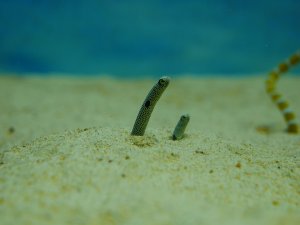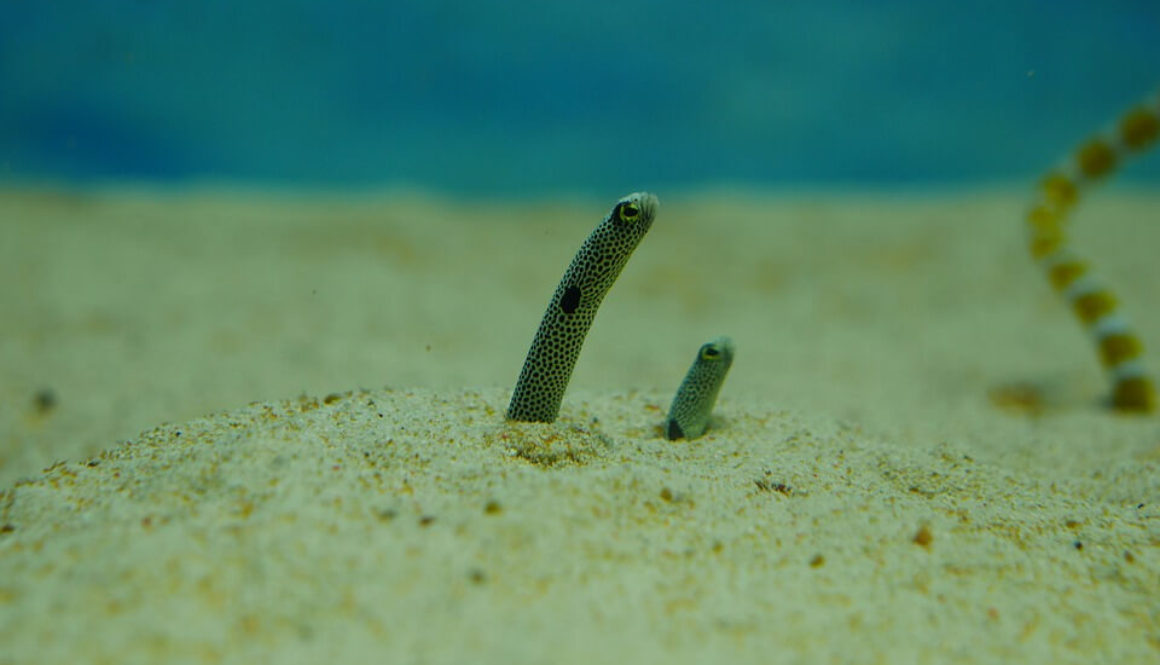Shocking the fish

Shocking the fish off the seabed: precaution is needed prior to promoting electric pulse fishing as a more sustainable alternative for traditional beam trawling.
Brussels, 20 June 2017
Brian O’Riordan
Tomorrow, Wednesday 21 June 2017, a hearing will take place in the European Parliament on electric pulse fishing http://ebcd.org/wp-content/uploads/2017/06/Draft-Agenda-Intergroup-event-on-Pulse-Fisheries.pdf.
The use of poison, explosives and electricity for fishing is banned in Europe (EU Regulation 850/98), and beam trawling, though an ancient technique, is, and has been the cause of much controversy in times past as today. Beam trawling is one of the least selective and most highly impacting gears on the sea bed and related habitats that are crucial to different life stages of many commercially important fish species.
Electric pulse trawling uses a relatively light weight towed fishing gear that transmits electrical pulses to catch species targeted by beam trawls. Thanks to a special derogation under EU law (Council Regulation (EC) No 43/2009) this fishing method is being developed as an alternative to conventional beam trawling. On the basis of reduced fuel consumption, higher selectivity for sole and reduced bottom impact, its protagonists promote it as a more sustainable alternative to the traditional beam trawl.
In contrast to the conventional beam trawl which uses tickler chains to mechanically stimulate target species from the seabed, the pulse trawl consists of a beam (or wing) fixed with rubber-coated cables containing electrodes. These electrodes produce short electrical pulses to electrically shock target species from the seabed.
LIFE is not against the development of alternative fishing methods to beam trawling. However, as yet very little, if any, meaningful research has been carried out on the impact of electric pulses on the fish and other marine life that are subjected to them. Worryingly, neither is there any way as yet to control the amount of electricity, pulse frequency, and other potentially harmful characteristics of the gear.
Despite these glaring omissions, Dutch national and EU authorities are already promoting pulse trawling as a sustainable alternative. Already there are over 100 beam trawlers rigged to fish with electricity, mainly from Holland but also from the UK, Germany and Belgium, with some conversions funded by the EU.
Both ICES and the MSC have advised against allowing the wide usage of the gear before effective control and regulatory mechanisms are put in place, and before we understand the impact of the gear on the marine ecosystem and related marine life.
In February 2016 ICES advised that “the existing regulatory framework (for pulse fishing) is insufficient to prevent the introduction of systems that potentially could have such (harmful) impacts.” The advice also cautioned not to generalize the research results to allow the expansion of pulse trawl to other areas or to use new technology without an appropriate impact assessment. For details see: http://www.ices.dk/news-and-events/news-archive/news/Pages/Advice-released-on-effects-of-pulse-trawling.aspx.
Such an appropriate impact assessment has yet to be carried out, and crucial aspects of research on the key pulse characteristics and thresholds below which there is no evidence of significant long-term negative impact on marine organisms and benthic communities have not been carried out, and there are also outstanding questions on the delayed mortality of species, as well as on how the electricity might affect them in other ways such as reproductively.
In November 2016, the MSC refused to certify pulse trawls because of the “impact of electricity from the gear on a range of environmental elements including ETP [endangered, threatened and protected] species (including elasmobranchs) and benthic organisms which may also have implications for the wider ecology of the area fished” . For details, see: https://www.msc.org/newsroom/news/assessment-clarifies-sustainability-challenges-for-pulse-trawl-fisheries.
Prior to issuing any further pulse licenses, or promoting pulse trawling as a sustainable alternative, the Low Impact Fishers of Europe insist that proper steps must be taken to ensure that a) it is impossible to interfere with the transmission of electric pulses whilst fishing, b) an enforceable regulatory framework and control system are in place, and c) last but not least adequate research and development are undertaken to ensure that electric pulse fishing has minimal negative impact on the seabed fauna and flora, and on the lethal and sub lethal effects on fish species that come into its range.
♦ ♦ ♦
